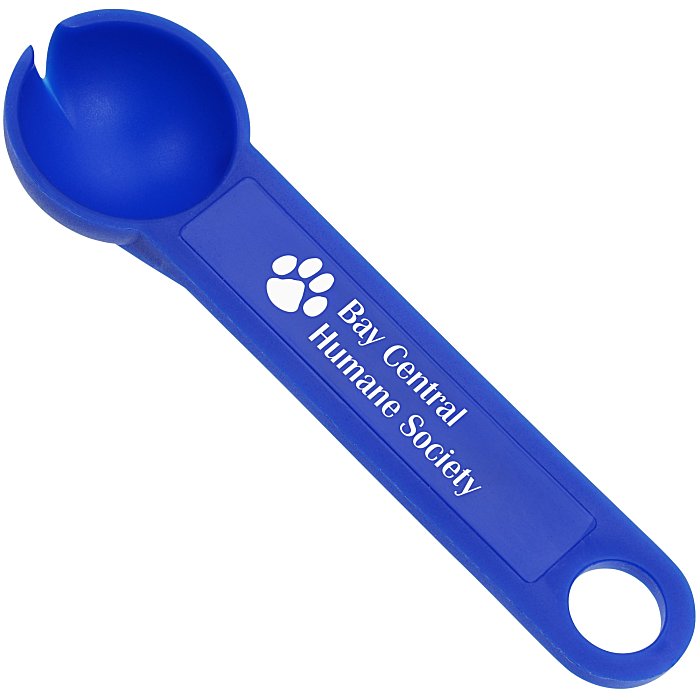
Be aware that engorged ticks will contain potentially infected blood, which may splatter when crushed. They will identify it for you and add the information to their database.Īlternatively, fold it in a strip of sticky tape and place it in the waste. Disposing of the tickĪfter you have removed your tick, keep it in a sealed container and send it to the UK Health Security Agency Tick Surveillance Scheme. If fine tweezers are used, the tick should be pulled steadily upwards without twisting. Note that the video shows the tool being twisted according to the manufacturer’s instructions.
/113477242-56a51fce5f9b58b7d0daf116.jpg)
Any of these methods can cause discomfort to the tick, resulting in saliva release. close to the fingernail.ĭO NOT try to burn the tick off, apply petroleum jelly, nail polish or any other chemical. Infection may enter via any breaks in your skin, e.g.

See this graphic animation of what can happen, courtesy of the Lyme Borreliosis Foundation, Hungary.ĭO NOT use your fingernails to remove a tick. The UK Health Security Agency runs a scheme to investigate ticks – see below.ĭO NOT squeeze the body of the tick, as this may push infected tick saliva into your body.
#TICK REMOVAL SKIN#
Tie a single loop of thread around the tick’s mouthparts, as close to the skin as possible, then pull upwards and outwards without twisting.ĭO clean the site of the tick bite with soap and water afterwards.ĭO save the tick in a container in case a doctor asks for evidence that you have been bitten (label it with date and location). If no tools are available, rather than delay use a fine thread, something like cotton or dental floss. With the pointed tweezers (not blunt eyebrow tweezers!) grasp the tick as close to the skin as possible without squeezing the tick’s body, pull the tick out without twisting (it is difficult to twist tweezers without separating the tick’s head from its body) – there may be considerable resistance. The hook is designed to be twisted to facilitate removal, but it makes no difference which way you twist. With these tools you can remove the tick without squashing the body. Two common types of removal tool available are illustrated on this page. Your main aims are to remove the tick promptly, to remove all parts of the tick’s body and to prevent it releasing additional saliva or regurgitating its stomach contents into your bite wound.ĭO use a proprietary tick removal tool* ( available from this website or many vets and pet shops), and follow the instructions provided.

Pulling with a card slit and traction device (Zeckenkarte, SafeCard ApS, Skanderborg, Denmark) resulted less intact tick removal (3/40) than pulling with tweezers (33/40 RR 0. with low certainty evidence (downgraded for risk of bias and imprecision) dermatologists removed 160 ticks from participants using a commercial freezing device (Tickner, Laboratory Tickner AG, Zug, Switzerland) or three different mechanical tick removal devices (two commercial devices and one tweezers). In preliminary literature searches, a well conducted systematic review was identified. The continuous evidence evaluation process for the production of the Consensus on Science with Treatment Recommendations (CoSTR) started with a systematic review of the use of tick removal techniques. Methodological Preamble (and if relevant, Link to Published Systematic Review) The following Task Force members and other authors declared an intellectual conflict of interest and this was acknowledged and managed by the Task Force Chairs and Conflict of Interest committees: none applicable CoSTR CitationĬharlton NP, Carlson JN, Borra V, Singletary EM, and Zideman DA on behalf of the International Liaison Committee on Resuscitation (ILCOR) First Aid and Pediatric Life Support Task Forces, 2021 FebruAvailable from: Ĭollaborators: Goolsby CA, Cassan P, Berry D, Bendall J, Bradley R, Chang W-T, Djärv T, Douma M, Epstein JL, Meyran D, Nemeth M, Orkin A The following Task Force members and other authors were recused from the discussion as they declared a conflict of interest: none applicable The ILCOR Scientific Advisory Committee process is guided by a rigorous ILCOR Conflict of Interest policy.


 0 kommentar(er)
0 kommentar(er)
